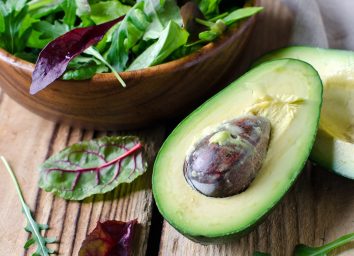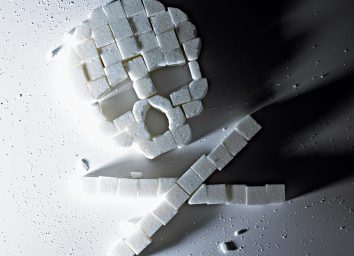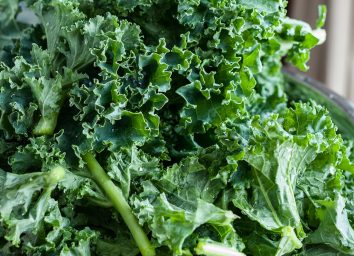The 4 Main Types of Body Fat—And Why You Should Care
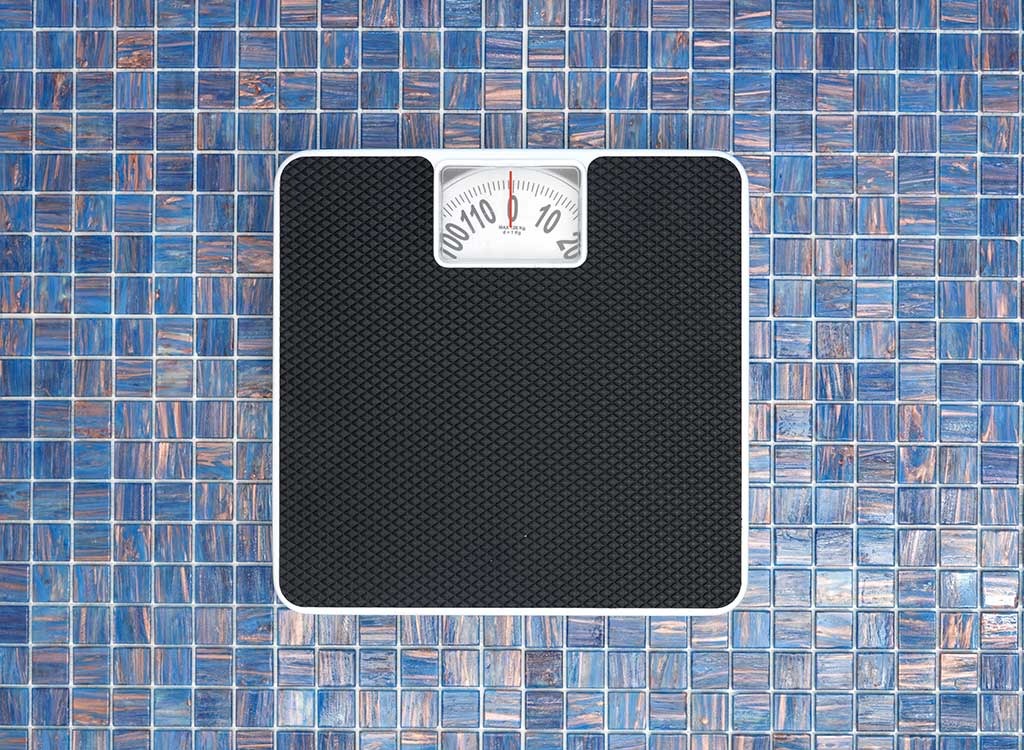
We talk a lot about belly fat—so we understand why many people think of fat in terms of where on your body it is and not the type it is. In the past few years, research has revealed an array of distinctly colored types of body fat, each with unique molecular properties and health implications. From reddish brown to beige, there are even clinical trials on fat described as resembling light peanut-butter." What does the fat rainbow mean for you? By learning up on the different types of body fat and their roles, you'll be better equipped to improve your health by actually understanding when you find out that fat-burning foods like grapefruit can activate your good, brown fat cells.
BROWN FAT: "GOOD FAT"
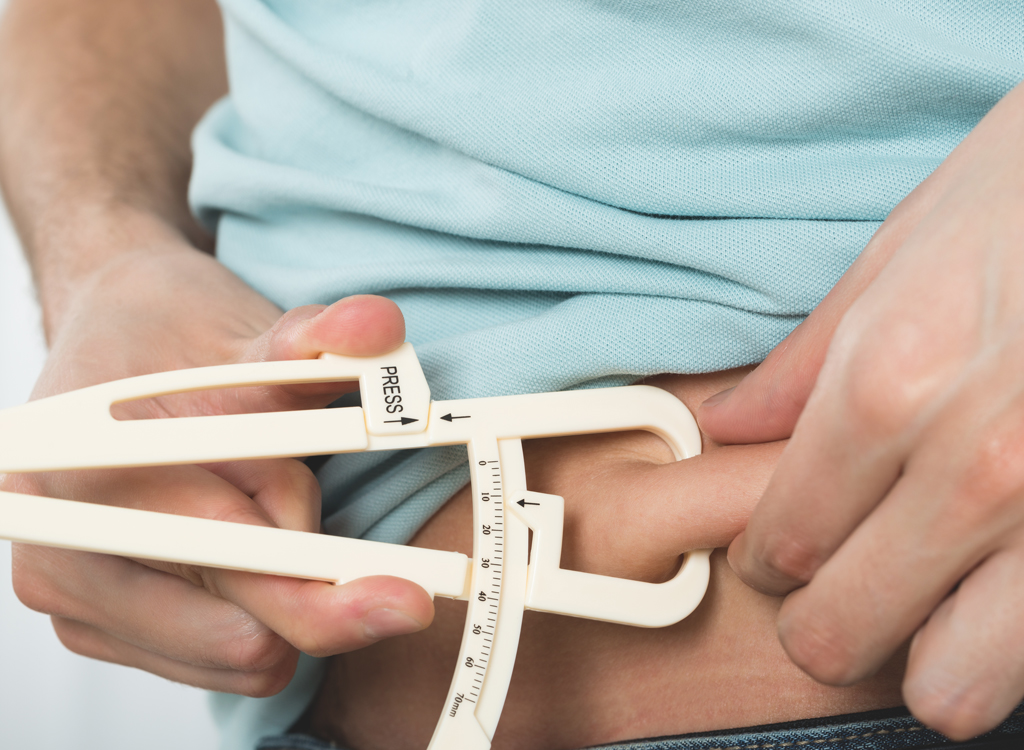
From an evolutionary perspective, brown fat helps to keep a newborn's core temperature warm—it's the brown adipose tissue (BAT) found in the back of the neck and serves to convert food to heat. It acts as a muscle when stimulated by cold environments, burning calories for fuel.
An adult of normal or below-normal weight naturally stores about two to three ounces—enough to burn 250 calories over the course of three hours when stimulated. As for standing in a cold shower to lose weight, theoretically it could work; but the clinical proof of "shivering yourself skinny" has yet to be seen. While standing in a freezing shower isn't healthy or practical, a study in the journal Diabetes has shown you can transform your "bad fat" into brown fat by blasting the AC while you sleep.
BEIGE FAT: "GOOD FAT"

The neutral-colored fat, identified just a few years ago, has been harder to study because it's mixed in with brown and white fat and occurs in tiny pea-size deposits near the collarbone and along the spine. At least in mice, it shows huge potential for weight management. According to the Dana Farber Cancer Institute, mice release the hormone irisin from their muscles when they exercise, which converts white fat into brown fat—a process called "browning." Since humans have the same hormone in their blood, researchers suspect humans also produce beige fat via exercise. Certain foods, like grapes, can also make 'em beige; add the juicy bites to overnight oats or snack on them on their own to reap the benefits.
WHITE SUBCUTANEOUS FAT: "BAD FAT"
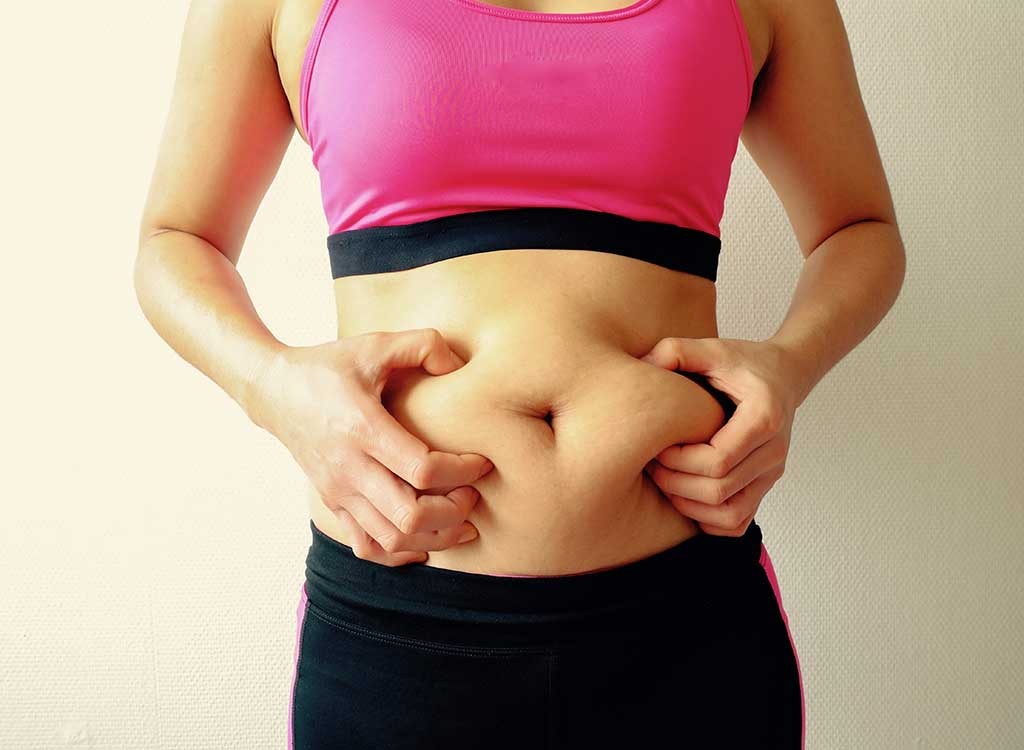
In distinct contrast to energy-burning brown fat, white fat is a plentiful, energy-storing type of adipose tissue with a low rate of metabolic activity found primarily in the hips, thighs, and belly. Dubbed "the inch you can pinch," subcutaneous fat lies directly under the skin. It's the fat that's measured using skinfold calipers to estimate body fat percentage, and it's found all over the body. While excess fat is never a good thing, subcutaneous fat—particularly around the belly—is what most of us think about trying to melt away.
WHITE VISCERAL FAT: "REALLY, REALLY BAD FAT"

Visceral fat, often referred to as "deep fat," wraps around the inner organs. For this reason, it's very hard to remove surgically is the most dangerous of all types of body fat. One reason excess visceral fat is so harmful is that its blood flow drains into the liver via the portal vein. In other words, all the toxins and fatty acids from visceral fat is swept up by the blood and dumped into the liver, negatively impacting the production of blood lipids (cholesterol). Research in the journal Diabetes Care also suggests that visceral fat pumps out immune system chemicals called cytokines that can increase the risk of cardiovascular disease by promoting insulin resistance and chronic inflammation. Abdominal obesity is a state of chronic visceral inflammation. To make matters worse, since you can't see the build-up of fat like you can around your belly, many people with unhealthy habits who don't have a big gut don't really believe they are in danger.
The good news is you can reduce visceral fat with a healthy diet—and because of its rich blood flow, visceral fat is very responsive to exercise. In fact, this dangerous fat is far more willing to go away than stubborn subcutaneous fat. Now that you know about all the different types of body fat, start adopting healthy habits and not only will your organs be better off, but your thighs might also be trimmer, too!
